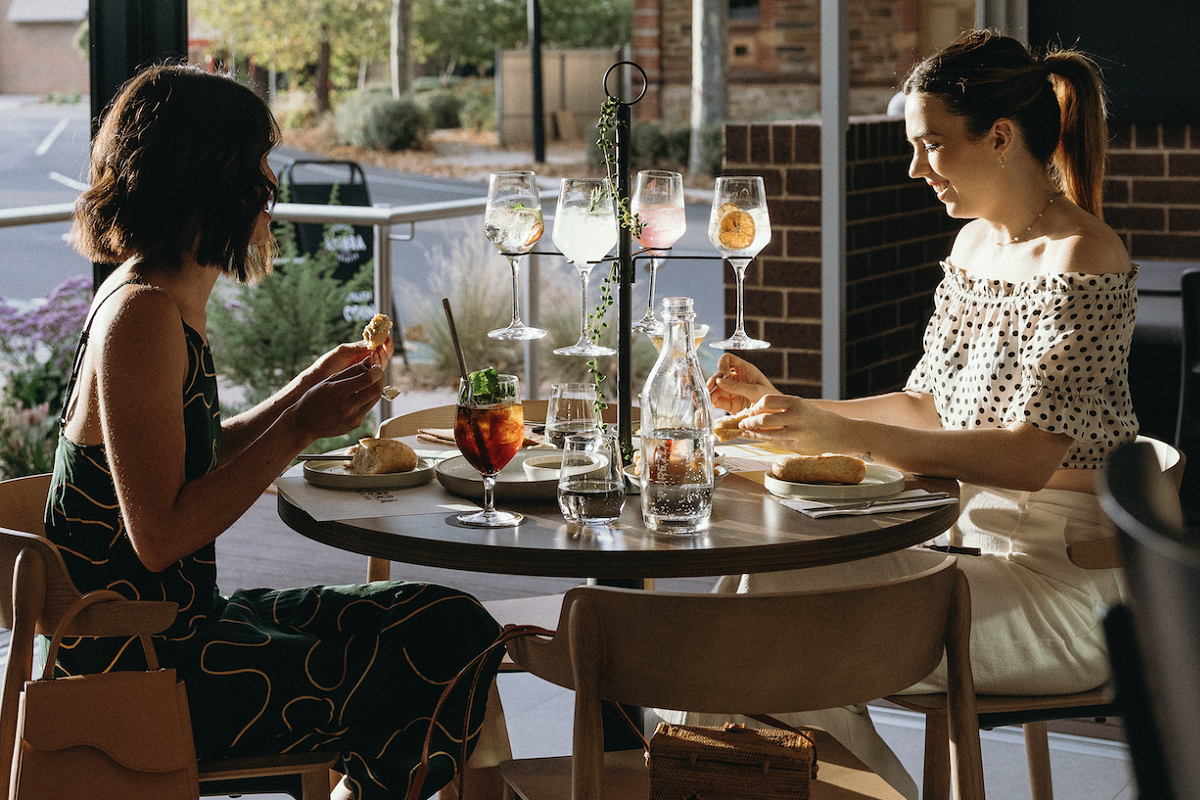As the warmth of summer approaches and social occasions ramp up, aperitifs are becoming the go-to choice for Australian consumers. Uniquely suited to the summer season, they provide a refreshing alternative to heavier beverages, with a brightness that complements warm-weather socialising.
Although the concept of the aperitivo was a new phenomenon in Australia just 10 years ago, aperitif spirits now represent a flourishing market, with savvy retailers enhancing their knowledge of the category and creating compelling ranges to drive summer sales.
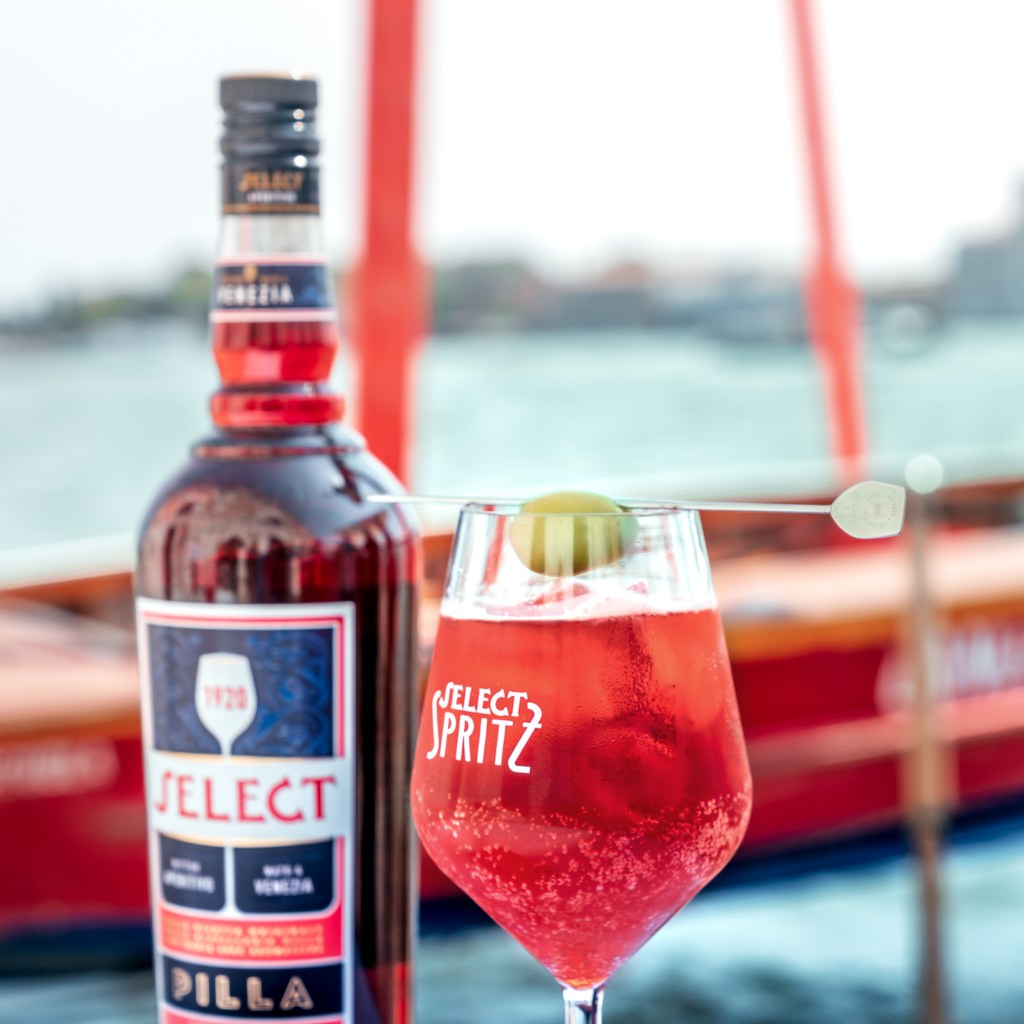
With the spirit and wine aperitif category predicted to gain five per cent volume CAGR between 2021 and 2026, Luca Faedi, Brand Activator Amaro Montenegro & Select at Spirits Platform, says growing consumer interest can be attributed to three key pillars – demand for low-alcohol beverages, ease for at-home consumption, and the social element.
Acknowledging that the Aperol Spritz could be responsible for much of the category’s growth in Australia in those initial years, Faedi says the consumer is now looking for something different, and what better time to become acquainted than the approaching summer season.
“There is a rise of independent craft with local and innovative brands challenging the big one. Diversification and education of consumers – about history, production methods and serving suggestions – are the two musts now.
“Select, Italicus, Pampelle and Rhubi are some of the brands doing a good job,” he added.
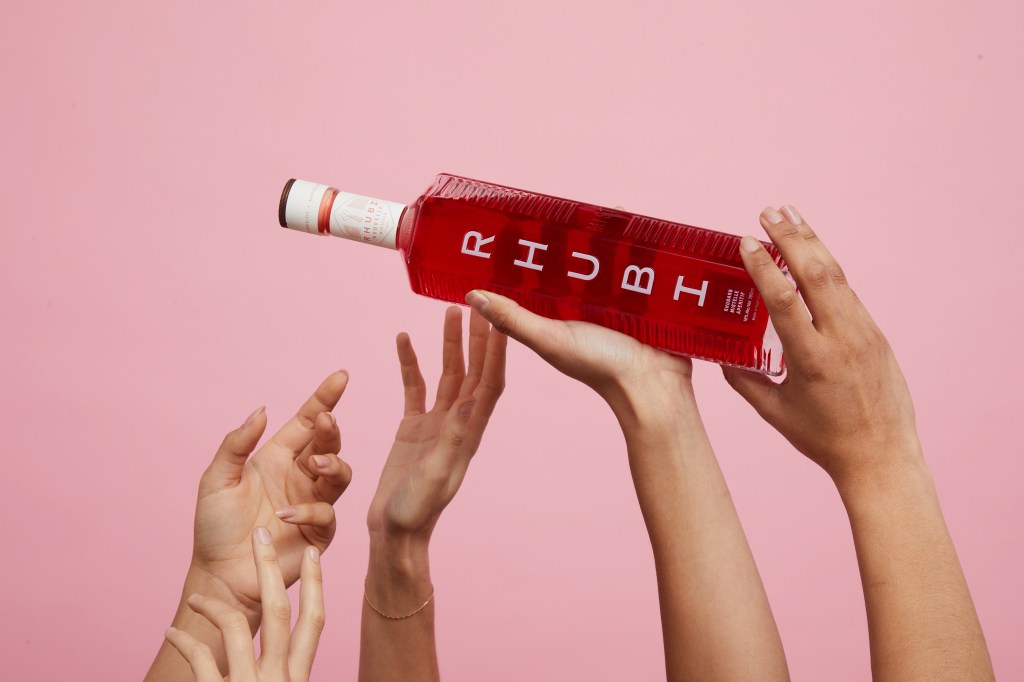
Sipping through the seasons
Ask most consumers about the classic aperitivo moment and they’ll conjure up images of a European summer, perhaps more specifically somewhere in Italy with a Spritz in hand.
Despite the common association with Europe, the Australian climate is perfect for sundowner drinks, and consumers aren’t afraid to transfer these drinking occasions to their own culturally relevant settings.
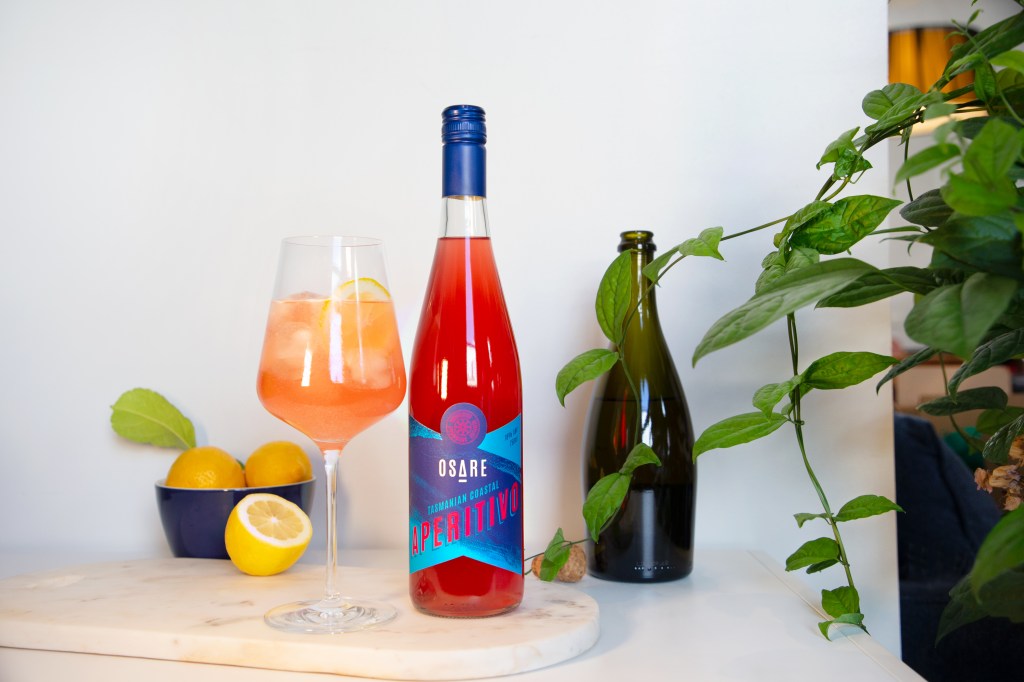
Pat Garnham, Founder of Osare Tasmania, says: “The culture of aperitivo hour is so perfectly suited to an Australian summer where long afternoons lead into nights filled with lifelong memories created with family and friends. It’s a perfect mix of spontaneity, warm weather and shared experiences – that’s what aperitivo is for me and one of the key drivers for founding Osare.”
As we turn our backs on the colder months, the likes of the Negroni begin to slip away and consumers reach for lighter aperitifs to be used in tall and refreshing drinks, often paired with soda water, tonic or sparkling wine as a low-alcohol alternative.
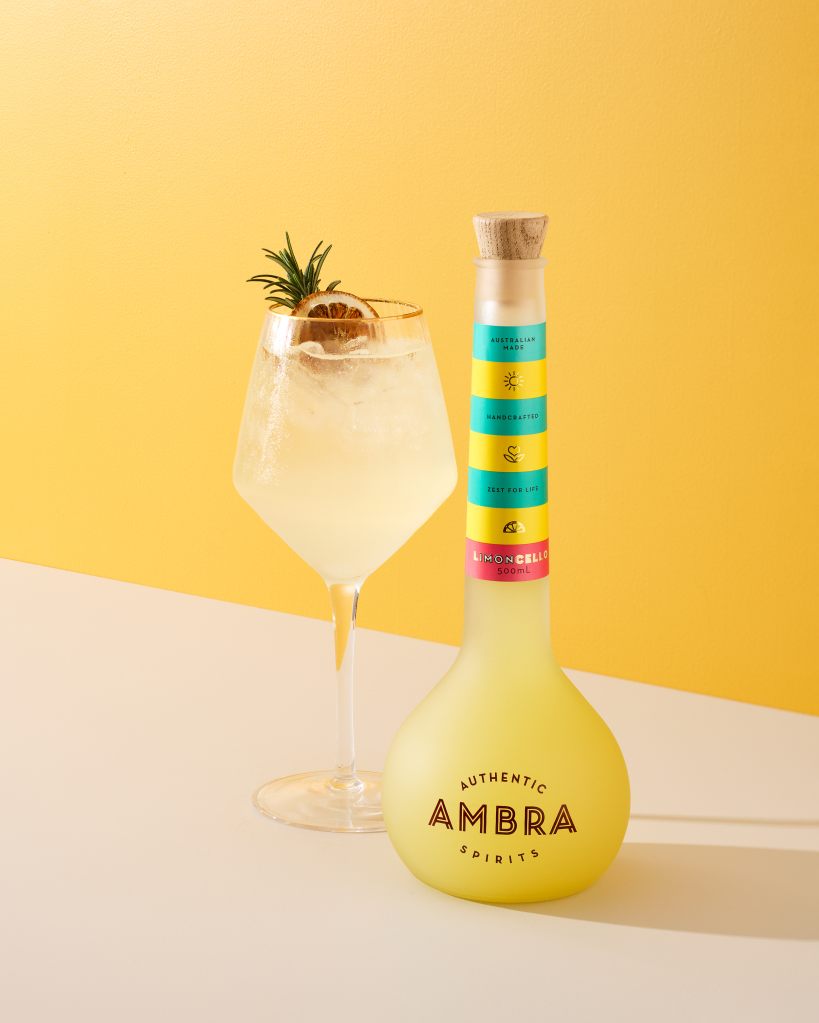
Finn Healey, Managing Director of Ambra Spirits, says the summer ahead will be all about kicking back with something light and refreshing, with Spritz season now in full swing.
“We’ve noticed here at Ambra that people are really getting into vibrant, easy-drinking aperitifs that liven up their sunny get-togethers – refreshing, low ABV, and easy to mix drinks up with.
“Consumers are looking for drinks that are not only great on their own but also mix seamlessly into cool summer cocktails. I believe lots of consumer education on the category has come from the post-Covid exodus of consumers escaping the Australian winter for a Euro summer – then falling in love with the aperitivo experience from the motherland.”
The roots of aperitifs might be long established but there is still room for innovation, and for Linn Philips-Johansson, Brand Owner and Director of Australian-made aperitif Rhubi, summer is the prime time for new innovations and formats.
“Many alcohol and aperitif brands launch ready-to-drink formats in time for summer, making it easy for consumers to enjoy good quality drinks at house parties, picnics and festivals alike.
“I think more and more brands will look to release their ready-to-drink formats in larger shared style format of 500ml and 700ml bottles, and not just settle for the standard 250ml cans we have seen for some time already,” she stated.
Dare to be different
“More recently, consumers have built upon their love of the iconic orange aperitivo and are being more adventurous, seeking out different imported and local options and discovering that aperitivo can, and do, have different flavour profiles based on where they’re crafted,” Garnham told National Liquor News.
While the longstanding, more traditional brands are here to stay, the unique characteristics of Australian aperitifs make them a compelling option and a strong competitor.
Philips-Johansson says: “Smaller producers have the ability to do interesting smaller batch runs, with ever-changing ingredients suited to our climate and the Australian palette. There are so many great Australian producers in the aperitif and liqueur market creating their take on old school aperitifs – and Australian consumers like a brand that dares to be different.”
In an age that favours independent businesses and giving back to the community, Australian aperitifs are resonating strongly with consumers, and the appetite for shopping small creates trade-up opportunities for retailers.
“The key drivers for consumers trading up to premium aperitivo, other than occasion, is using local ingredients and to support local. [Tailoring ranging] in the off-premise with local premium options to complement the traditional Italian brands is key to providing a compelling aperitivo range,” added Garnham.
While consumers are keen to discover unique and diverse flavours, Healey highlights the opportunity for retailers to encourage category exploration and entice consumers to branch out from brands that have typically dominated the market.
“For retailers, it’s all about making the discovery of new Aussie aperitifs an adventure. Instead of just sticking to well-known global labels, why not introduce customers to something local and new through tastings or highlight them during in-store events and unique experiences they will truly remember and drive them to revisit.
“We love it when stores tell the story behind our products, like how we source our ingredients locally or the inspiration behind each bottle. Getting that backstory can make trying a new drink a lot more interesting and personal, which really resonates with folks looking to support local craftsmanship.”
This article originally appeared in the October issue of National Liquor News.

